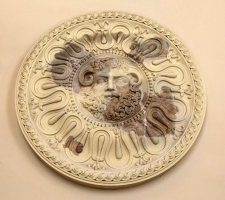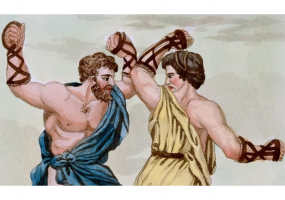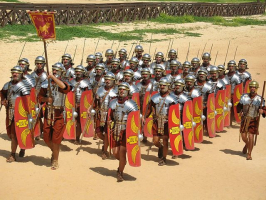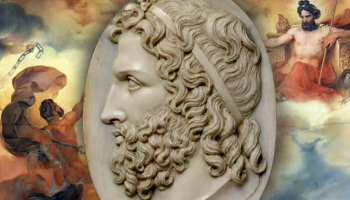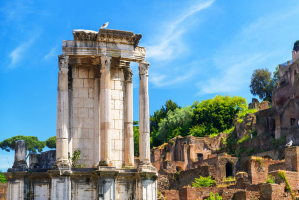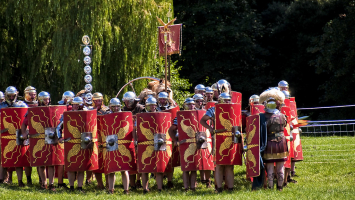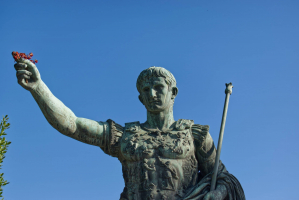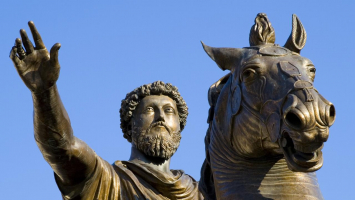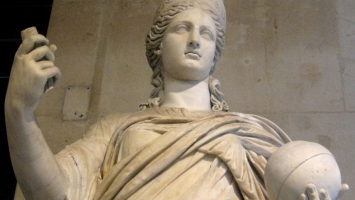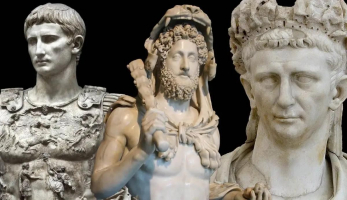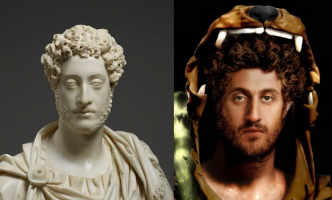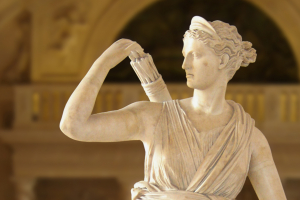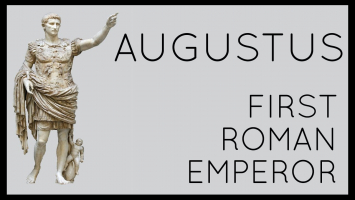Top 6 Ancient Roman Legions
Ancient Roman Legions are the most powerful war machine in the ancient world. While all legions play an important role, only a few achieve great fame. Highly ... read more...disciplined, well organized, and fearsome, the Roman army was arguably the greatest military force in world history. Nothing exemplifies the might and effectiveness of an ancient army more than the Roman legion - its basic building block. While its origins can be traced back to the early days of Rome, the legion's heyday came in the days of the decline of the Republic.
-
The Legion V Macedonica is one of the rare ancient Roman Legions that can be traced back to the end of the Republic, while its end came at the dawn of the Middle Ages. This enduring legion was founded by Octavian (later Emperor Augustus) in 43 BC. After the Battle of Actium, where the Fifth probably acted, the unit became one of the 28 permanent legions of the Roman Empire. For a short time, this unit was stationed in Macedonia before moving to Danubian limes. The legion's symbol is an eagle, Jupiter's favorite bird.
Like most Roman legions, the Legion V Macedonica or its detachments were moved to crisis zones in different parts of the Roman Empire. During the first and second centuries, the Fifth saw action in the First Judea-Roman War, Emperor Trajan's Dacian War, Lucius Verus' campaign against the Empire Parthia, and Marcus Aurelius' battle with Quadi and Marcomanni on the Danube. The Corps has achieved many distinctions for its service, most notably Pia Fidelis and Pia Constans. The unit remained in the East, fighting against the Sassanid Persians, before being moved to Egypt in the fourth century. Egypt became the fifth Macedonian base, and it was from here that the legion reached Yarmuk in 636 to respond to its doom in the war against the Arab invaders. Its endurance makes the Legion V Macedonica the longest-lasting Roman legion in history.
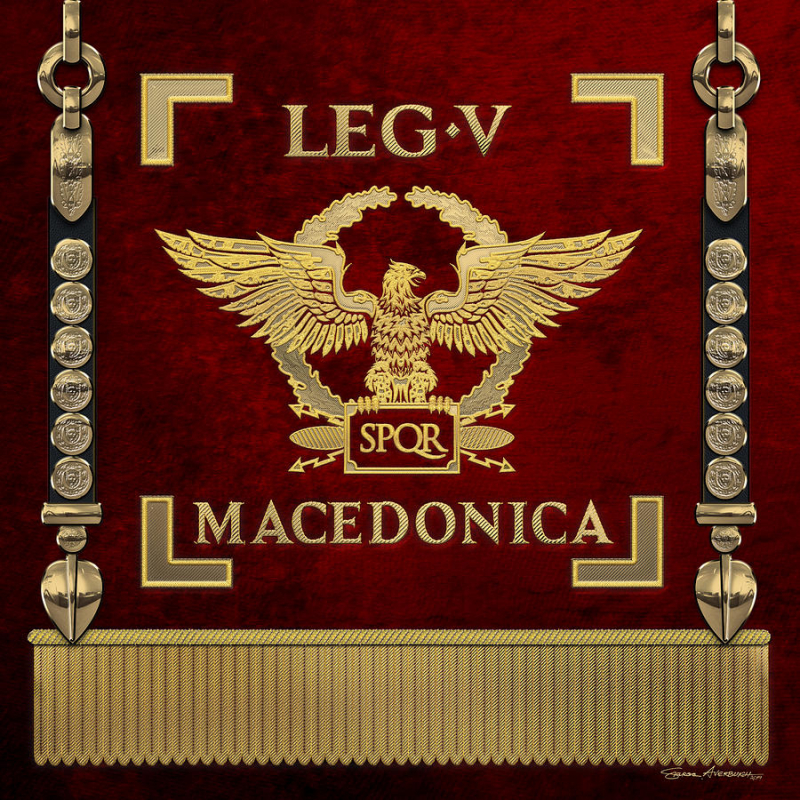
Source: fineartamerica.com 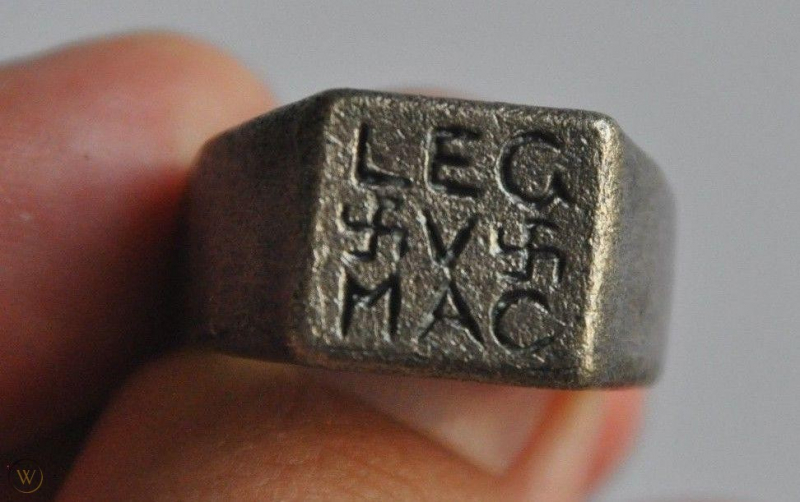
Source: worthpoint.com -
The Legion III Gallica is probably one of the most famous ancient Roman Legions. The unit was founded in 49 BC by Julius Caesar himself. The legion's emblem - a bull - was the animal attributed to Venus, whom Caesar claimed to be his ancestor. The prognoses of the unit - Gallica - suggest that it originated in Gaul, where Caesar achieved some of his most famous feats. The Legion III Gallica's primary role was to act as a pillar of Caesar's military forces in the war against Pompey the Great. It performed heroically in the most important battles of the conflict — Pharsalus, and Munda.
After the founder's death, the Legion III Gallica was assigned to Mark Antony to aid in the war against Parthia. The legion continued to serve during the Roman Empire. The Legion III Gallica fought in North Africa, in the Arabian peninsula, and for a short time was stationed on the Danube. For most of its existence, however, the third Gallica remained east. Its base was Raphanaea in the Roman province of Syria. It was therefore one of the main Roman military units used in the wars against Parthia and later the Sassanid Empire. In addition to campaigns against Persia in the East and various barbarian tribes in the West, Legio III Gallica was involved in a number of civil wars. It is one of the few Roman legions that survived until the Late Empire and it was last mentioned in the mid-fourth century.
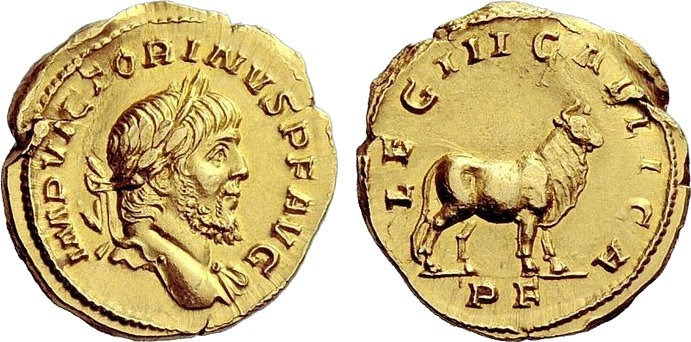
Source: researchgate.net 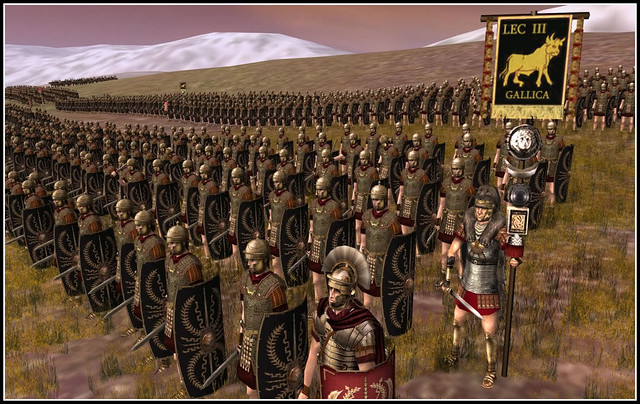
Source: romanoimpero.com -
The Legion XII Fulminata are other ancient Roman Legions founded by Julius Caesar. Named after the unit's symbol, the thunderbolt, the Twelve can trace its origins back to 58 BC. The legion served in some of Caesar's most famous battles in Gaul, including the Siege of Alesia. It also saw a fair share of fighting in the civil war against Pompey, taking on the decisive duel at Pharsalus. After his victory in the war, Caesar renamed the legion Victrix. Another cognomen was later added by Mark Antony - Antiqua - which means “old”. In the 1930s, an inscription on a rock was found in the mountains of Gobustan (Azerbaijan), indicating the presence of Legio XII Fulminata and its legionnaires in these places. Thus, it turns out that the Legio XII Fulminata is considered the most far-reaching legion to the East of Rome.
Mark Antony sent the Legion XII Fulminata to the East to join the war against Parthia. While the campaign ended in failure, the legion remained in the East during the imperial era, continuing the war against the Parthian and Sassanid Empires. The unit still guarded the Euphrates airstrip next to its base — Melitene — in the early fifth century. This longevity makes the Legion XII Fulminata one of the longest-lived Roman legions on record. The last records of the legion date back to the fifth century. The Legio XII Fulminata may have existed until the fall of the Western Roman Empire in 476.

Source: steamcommunity.com 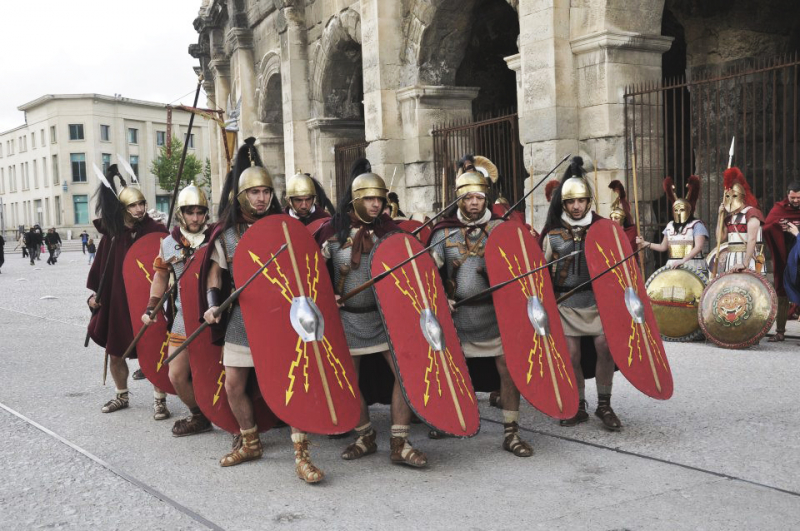
Source: legioxii.it -
The Legion IX Hispana is also considered one of the oldest units in the ancient Roman Legions. Its first mention comes from 58 BC when the legion took part in Caesar's Gallic campaign, but it was probably founded earlier. While in Gaul, the Legion IX Hispana fought a number of battles, most notably against Nervii. Caesar was particularly impressed by the legionnaires' bravery in action. After the outbreak of the civil war, Legio IX Hispana fought against Pompey's forces at Ilerda, and in the decisive battle at Pharsalus. The legion was probably foretold during their time in Spain, where they took part in the large-scale campaign against the Cantabrians.
In 43 AD, the unit was moved north to participate in the conquest of England. That's where the Legion IX Hispana will gain its fame (or notoriety). Around the 120s, the legion suddenly disappeared from all Roman military records. It is possible that the unit perished in the battles on the northern border. Furthermore, its loss may have forced Emperor Hadrian to build the famous wall. However, more recent studies have shown that in 121, the Legion IX Hispana was stationed at Nijmegen. After this point, the legion disappears from all sources. The list of legions from the reign of Marcus Aurelius (161-180) does not mention the Legion IX Hispana. This fact indicates the destruction of the unit before or during his reign.
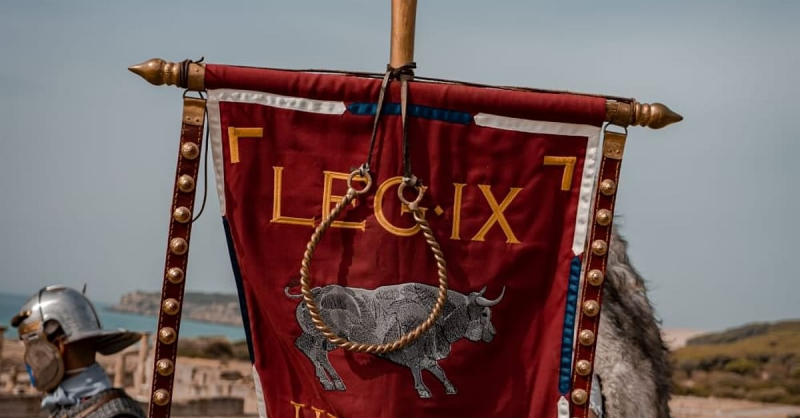
Source: worldhistory.org 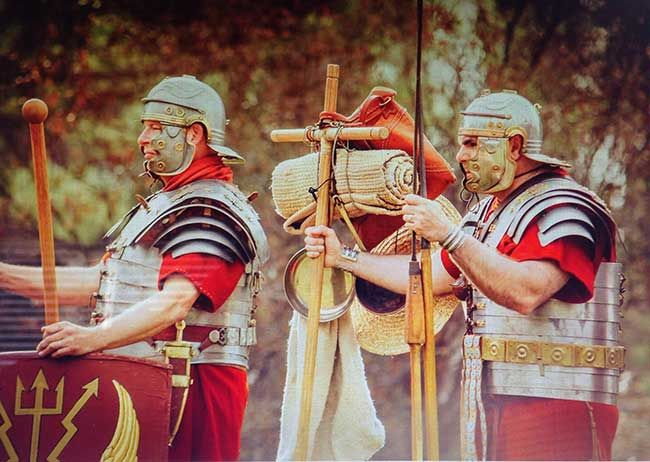
Source: worldhistory.org -
Founded by Julius Caesar around 61 (or 59) BC, during his time as governor of Hispania, Legio X Equestris was Caesar's first order. Like the other legions of Caesar made famous in the ancient Roman Legions, the Legion X Equestris has a bull as its symbol. However, the Legion X Equestris was Caesar's favorite legion and his most trusted legion. The Legion X Equestris accompanied the famous general when he invaded Gaul in 58 BC. It also played an important role in the civil war against Pompey, present at Ilerda and Pharsalus. The legion's most famous moment was at the Battle of Munda, the final battle of the conflict. After Caesar personally entered the fray, fighting alongside his favorite soldiers and encouraging them, Legio X Equestris repelled the Pompeians, winning the day and the war.
After Caesar's assassination, Legion X Equestris joined Mark Antony in his Parthia campaign. The legion also sided with him in the war with Octavian. After Actium, the Legion X Equestris was among the armies that surrendered to the emperor. However, after their uprising, the soldiers of the Legion X Equestris were punished, with the legion's name stripped. The Legion X Equestris was later merged with the Legion X Gemina (meaning "twins"), continuing to serve in the imperial Roman army as a new unit. During its existence, the Legio X Equestris was stationed on the Danube and Rhine rivers, defending the border against German invaders. The last mention of the legion is from the beginning of the fifth century when it was located at Vindobona (present-day Vienna).
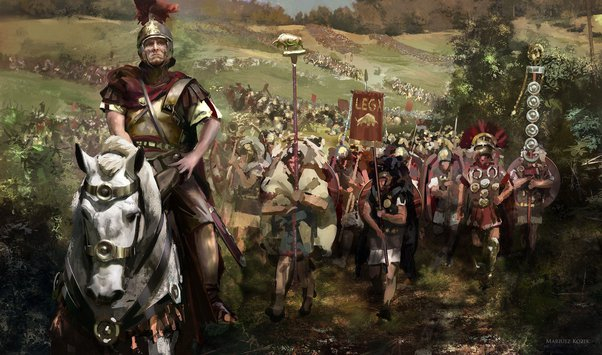
Source: imperium-romana.org Source: Youtube - The story of Caesar's best Legion (Full History of the 10th, Pt.1) -
Most of the famous ancient Roman Legions have gone down in history because of their glorious past, long and outstanding service, as well as other similar achievements. However, in the eyes of the Romans, some of the most notorious legions were those that brought out the strangest. So naturally, we should mention the Unlucky Roman Legions - three legions that lost in one of the Romans' most humiliating defeats - the Battle of the Teutoburg Forest in 9 AD. All Unlucky Roman Legions were probably founded by Octavian in 41 BC to end Sextus Pompeius' occupation of Sicily. They then engaged in Octavian's fight with Mark Antony, culminating in victory at Actium. The unit name, sadly, has gone down in history. What we do know is their tragic fate.
Legions XVII, XVIII, and XIX were sent to the Rhine in 6 AD to secure the newly conquered province of Germany. Three years later, while trying to suppress a Cherusci uprising, the legion was ambushed and destroyed at the Battle of Teutoburg Forest. Their commander and governor, Publius Quintilius Varus, also perished in the fighting. While the three standard eagles were restored during the reigns of Tiberius (by Germanicus) and Caligula, the missionary symbols are still unknown. Furthermore, the Unlucky Roman Legions were both removed from the Roman army, and their numbers were never used.
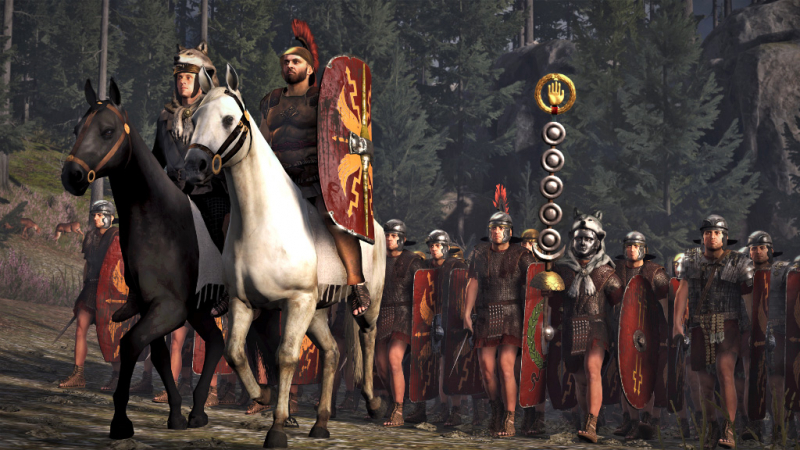
Source: imperiumromanum.pl 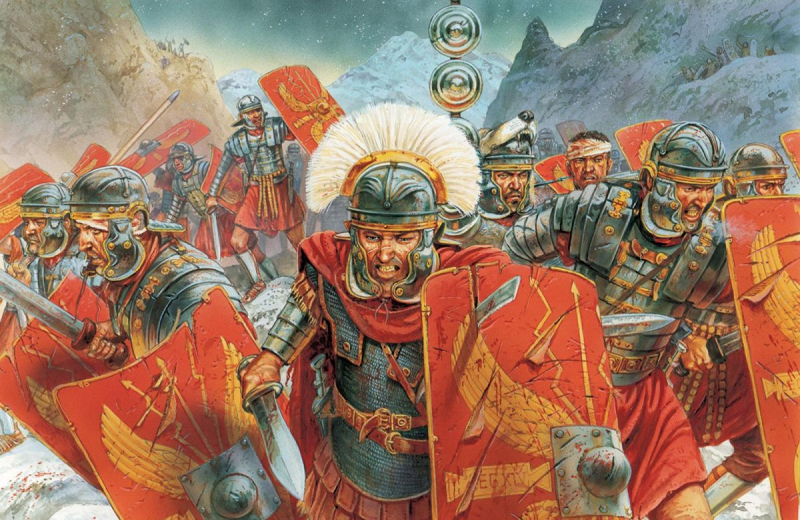
Source: livius.org








